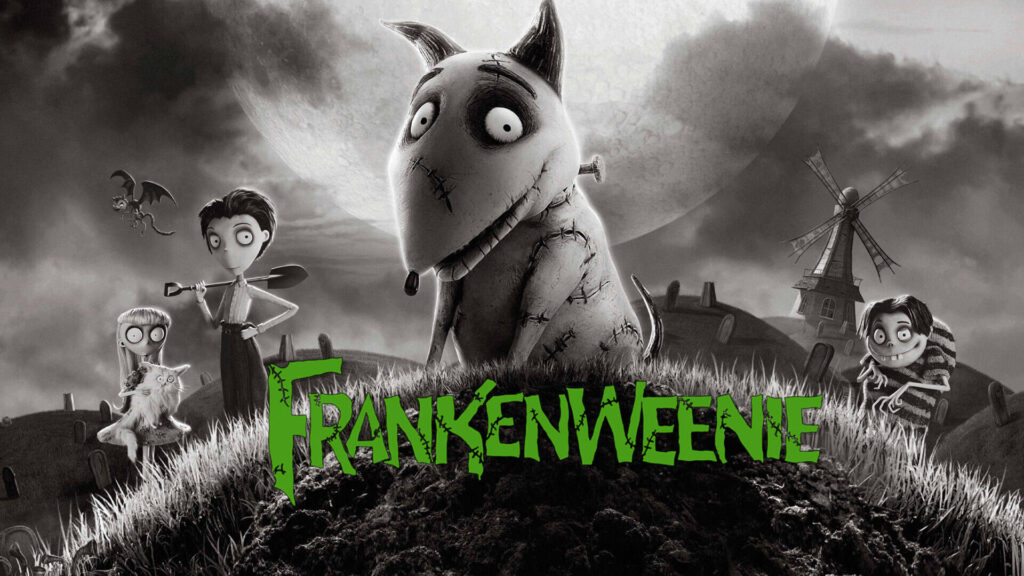Tim Burton’s stop-motion masterpiece, Frankenweenie, isn’t your average animated film. This hauntingly beautiful tale of a boy and his reanimated dog blends classic monster movie vibes with a surprisingly touching story. Here are 10 electrifying facts that will have you itching to revisit this dark gem
A Reanimated Classic: Frankenweenie is a 2012 stop-motion animation film directed by Tim Burton. It’s actually a remake of a live-action short film Burton made in 1984, showcasing his early gothic sensibilities.
Homage to Frankenstein: The film’s title and core plot pay homage to Mary Shelley’s classic novel, Frankenstein. It follows a young boy named Victor Frankenstein who brings his beloved pet dog Sparky back to life.
Black and White Magic: Frankenweenie is filmed entirely in black and white, adding to its dark and whimsical aesthetic. This choice evokes classic monster movies and horror films that inspired Tim Burton.
Stop-Motion Marvel: The film is a marvel of stop-motion animation, a technique where puppets are physically manipulated and photographed one frame at a time. This meticulous process creates a unique and visually stunning style.
Sparky’s Inspiration: The character of Sparky, the reanimated dog, was inspired by Tim Burton’s own childhood pet dog. This personal touch adds a layer of warmth and emotion to the story.
Stellar Voice Cast: Frankenweenie features a talented voice cast including Charlie Tahan as Victor, Winona Ryder as his mother, Catherine O’Hara in multiple roles, and Martin Short as Victor’s eccentric science teacher.
Musical Mastermind: The film’s score is composed by frequent Tim Burton collaborator, Danny Elfman. The music perfectly complements the film’s atmosphere, ranging from whimsical to suspenseful.
More Than Monsters: While the film has elements of horror and references classic monster movies, it’s ultimately a story about love, loss, and the enduring bond between a boy and his dog.
A Celebration of Science: Frankenweenie explores the themes of scientific curiosity and the potential consequences of pushing boundaries. It sparks a conversation about the ethics of scientific exploration.
A Feast for the Eyes: Beyond the stop-motion animation, the film boasts intricate set design and character details. Each frame is a meticulously crafted work of art, transporting viewers to a world both familiar and strange.
